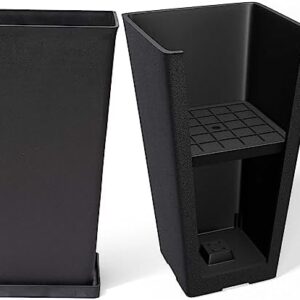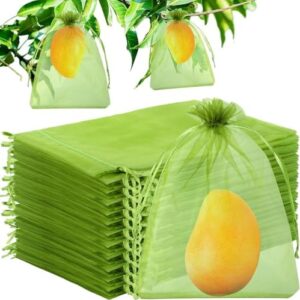When you think of bringing the outdoors in, what comes to mind? Maybe it’s a lush green houseplant sitting in the corner of your living room, or a few flowers gracing your dining table. Whatever image pops into your head, one thing is for sure: plants have the power to transform indoor spaces with beauty and style.
In recent years, the trend of incorporating plants into interior design has skyrocketed. From small succulents to towering fiddle leaf fig trees, there seems to be a plant for every style and space. And it’s not hard to see why – plants bring life, color, and a sense of calm to any room they inhabit.
But the benefits of indoor plants go far beyond aesthetics. Studies have shown that plants can improve air quality by reducing indoor pollutants and increasing oxygen levels. They can also help reduce stress and anxiety, boost mood and productivity, and even aid in healing and recovery. In short, plants have a profound impact on our physical and mental well-being.
So how can you incorporate plants into your indoor spaces in a way that not only adds beauty and style, but also maximizes their benefits? Here are a few tips to get you started:
1. Start small – If you’re new to indoor gardening, don’t feel pressured to fill your space with a jungle of plants right away. Start with just a few easy-to-care-for varieties, like pothos, spider plants, or peace lilies. As you gain confidence and experience, you can gradually add more plants to your collection.
2. Consider your space – Before bringing home a new plant, take a look at the area where you plan to place it. Consider factors like light levels, temperature, and humidity, as well as the size and style of the plant. Some plants thrive in bright, sunny spots, while others prefer low light conditions. Choose plants that will thrive in the environment you can provide.
3. Mix it up – Don’t be afraid to mix and match different types of plants to create a visually interesting display. Consider varying heights, textures, and colors to add depth and dimension to your indoor garden. Grouping plants together in clusters can also create a lush, cohesive look that mimics the natural world.
4. Get creative with containers – The pots and planters you choose can make a big impact on the overall design of your space. Consider using a mix of materials like ceramic, terracotta, wood, or metal to add visual interest. You can also get creative with hanging planters, wall-mounted planters, or even repurposed containers like teacups or mason jars.
5. Care for your plants – Like any living thing, plants need care and attention to thrive. Make sure to water them regularly, but not too much – overwatering is a common mistake that can lead to root rot and other issues. Check the soil moisture level before watering, and be sure to trim dead leaves and flowers to encourage healthy growth.
6. Incorporate plants into your decor – Plants can be used in a variety of ways to enhance your interior design. Consider using them as focal points in a room, or as accents on shelves, mantels, or tables. You can also incorporate plant-themed artwork, textiles, or accessories to tie the look together.
7. Embrace the benefits – Beyond their beauty and style, indoor plants offer a host of health and wellness benefits. Take time to appreciate the calming effect of greenery, the fresh air they provide, and the joy they bring to your space. Consider creating a dedicated green zone in your home where you can relax and recharge surrounded by nature.
In conclusion, plants have the power to transform indoor spaces with beauty and style, while also improving our physical and mental well-being. By starting small, considering your space, mixing up plant varieties, getting creative with containers, caring for your plants, incorporating them into your decor, and embracing their benefits, you can create a lush, inviting indoor garden that will brighten your home and lift your spirits. So go ahead – bring the outdoors in and let nature work its magic in your space.






